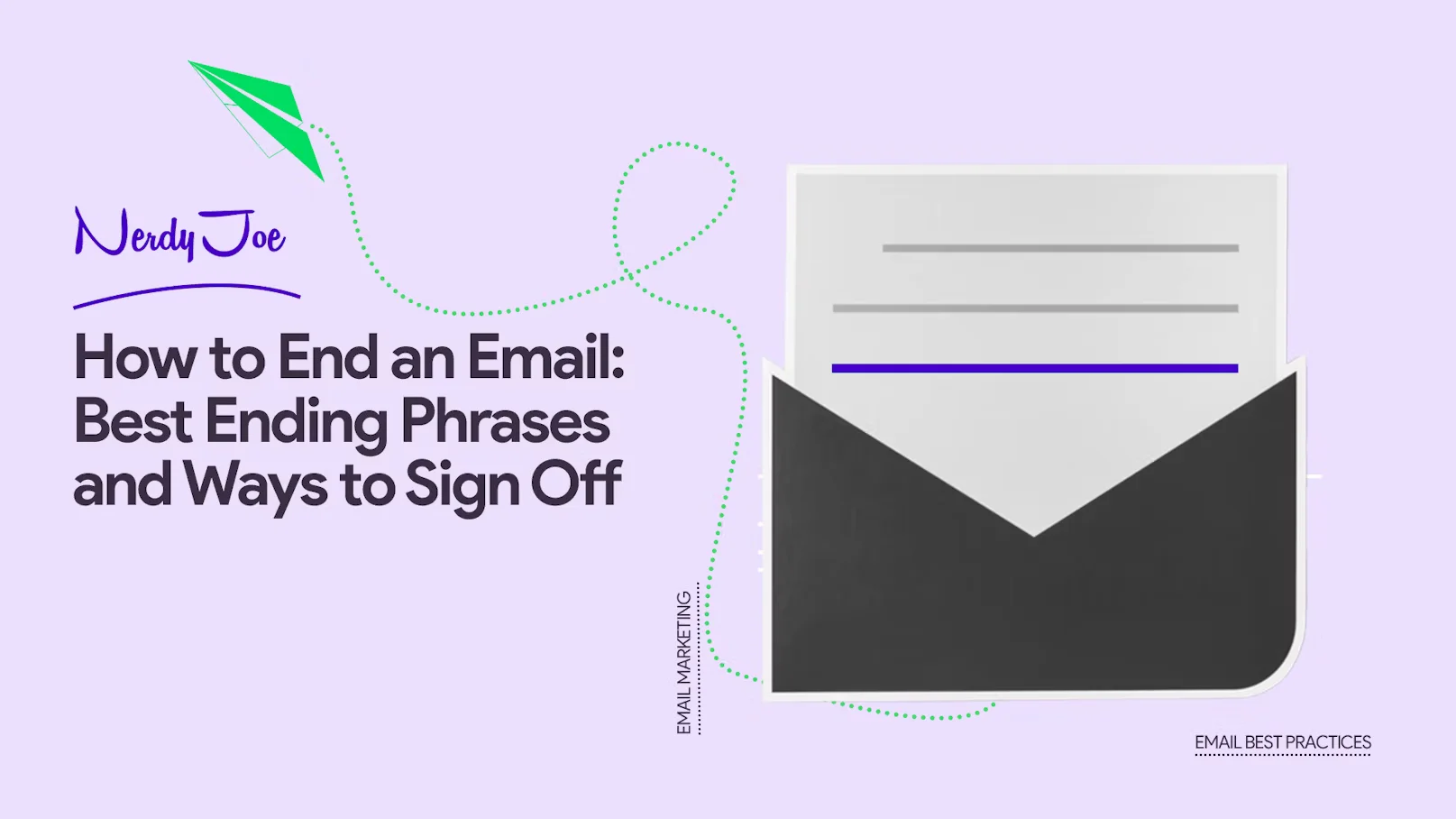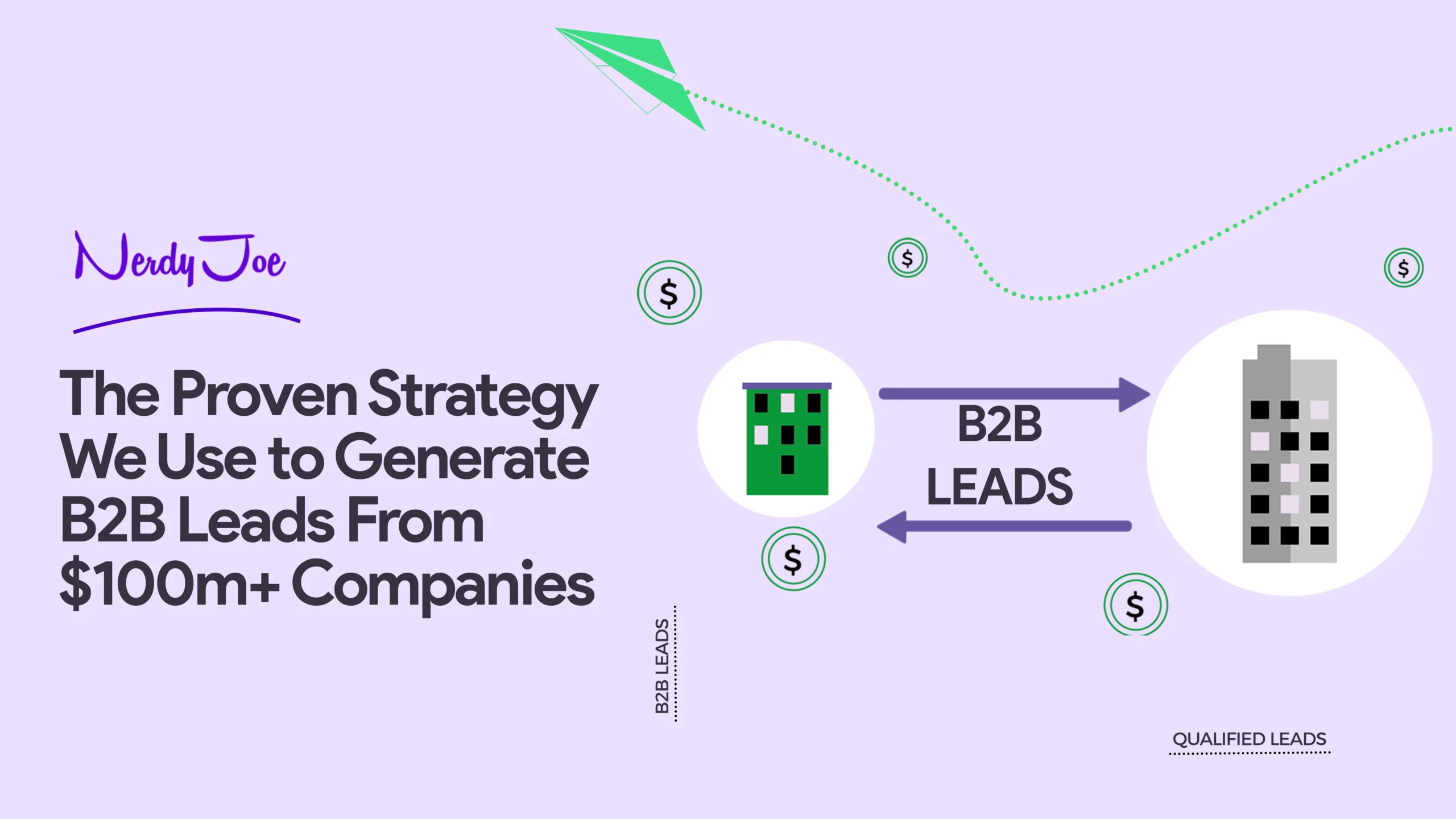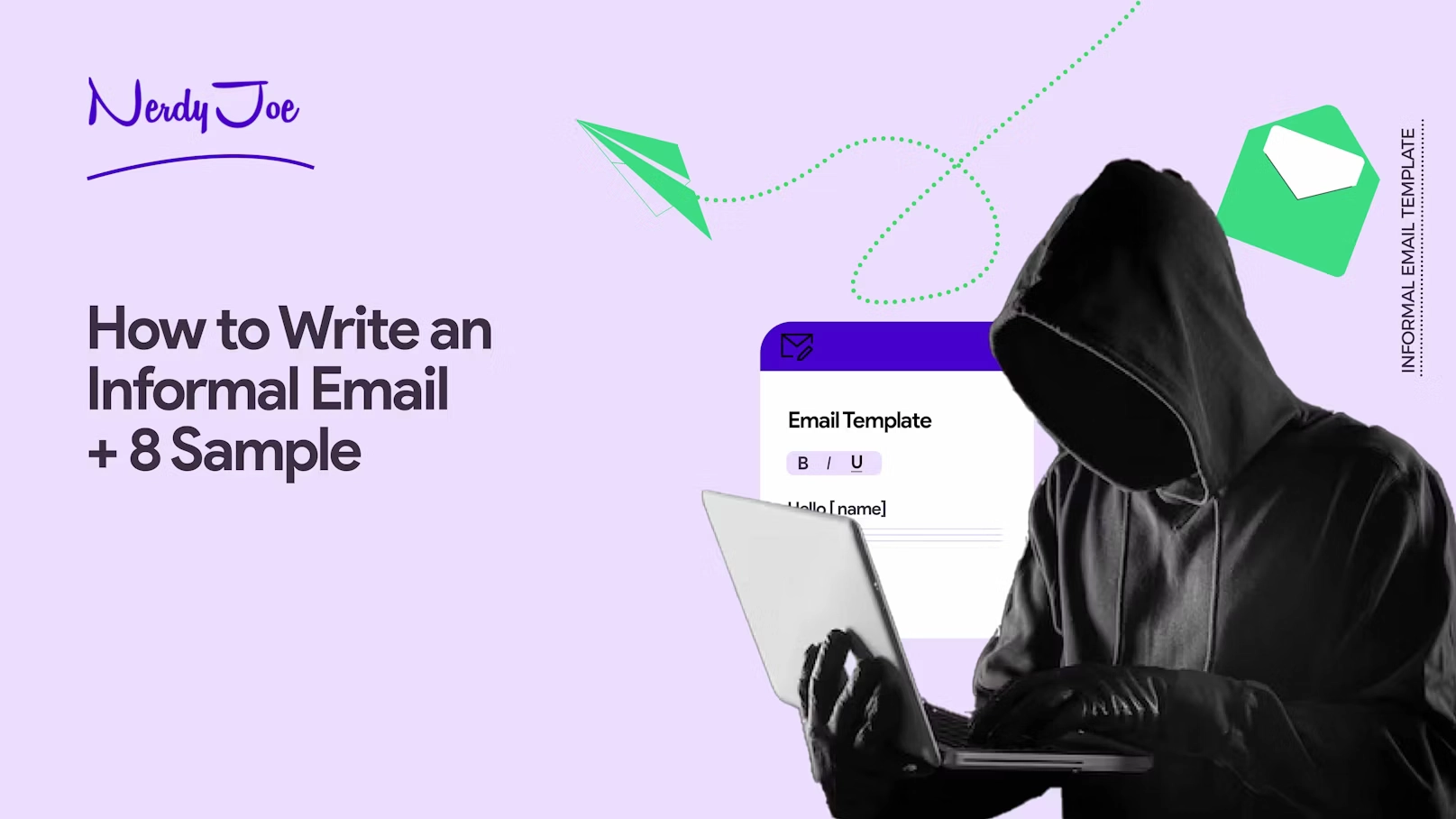When it comes to writing emails, most people spend most of their time crafting creative subject lines and copy, but fail terribly when it comes to closing and signing off the email.
In this article, we share our latest findings on the email closing phrases you can use to drive engagement to your emails and still ensure you close your emails professionally.
You will also discover the email ending formulas that you need to avoid and why you should.
Why is it important to get the end of your email right?
First, there is the inherent reason that a well-written email must always end with a fitting conclusion and salutatory phrase for the context.
This applies regardless of the purpose of the email — whether you are writing to a prospect, your CEO, or even your recruiter.
Furthermore, the end of an email is just as important as the from line, the subject line, and the information in the body of the message.
In other words, all the sections within your email are equally important. In that spirit, you should not leave your email endings to chance.
Little efforts such as adding the appropriate ending phrase and sign off message to your email can significantly influence whether your email is noticed and responded to.
Doing so also can also help instill a lasting good impression as you sign off and make you memorable.
Also, every component within your email is another chance to connect with your prospects.
Email ending phrases can allow you to urge your recipient towards a specific action with a call to action (CTA) as well as convey greetings.
11 email closing mistakes to avoid
Here are some examples of frequently used email closing phrases and sign off formulas that you should avoid and why using them is not a good idea.
1. Being too formal: (Respectfully, Yours faithfully, Sincerely yours, Respectfully yours, Yours truly) You are not a government official, you need to strike your recipients/prospects as someone they can relate to and identify with. Being too formal in your emails does not help with that.
2. Trivial phrases: (e.g., Remaining at your disposal for any further information) Most of the time, recipients will not read trivial phrases. And even when they do, it does not contribute to the way your email is perceived in any way.
3. Unnecessary phrases: (e.g., Kind regards, Take care) These phrases do not add anything to your message. You might as well drop them.
4. Automated sign offs: (e.g., Sent from an iPhone) In most cases automated email sign offs attach the name of the device you used to send your email from to the email.
a) no one cares,
b) it’s not professional,
c) it adds nothing to the email.
So, they’re best deactivated.
5. Leaning too much on hope: (e.g., I hope to see your reply soon, Hoping to connect soon) Such email endings make you look passive-aggressive. In addition, recipients may feel that you are pushing for something and this may cause them to disengage.
6. Requests that appear like orders: (e.g., Thank you in advance for, I’d appreciate it if you) You need to be professional, casual and above all friendly in your emails. Such requests make you look like a pushy marketer and people don’t like that.
7. Leaving the end of the email blank: (saying nothing at all or using alternatives like [Name] or -[Initial]). An empty email ending and signature do not make a good impression, especially if this is your first contact with the recipient.
8. Abbreviations: (e.g., Thks, Rgrds, Ywc) This may look like typos to some recipients. You could also come across as unprofessional and lazy for others.
9. Looking submissive: (e.g., Staying at your disposal) This makes you look desperate and you may even come across as someone who is begging instead of providing value.
10. Overdoing: (adding a lot of phrases or sign offs to your email) Overdoing it will kill the value of your email endings and people will easily get tired of it. One closing sentence and one sign off message is enough. Adding more is extra.
11. Overly familiar phrases: (e.g., Love, XoXo, Hugs, Kisses) If you are sending the email to a relative or close friend, then that’s fine. But any professional or business email should refrain from such ending or signature formulas.
20 email closing phrases — and alternative ways to end your emails
Now that you know why you need to nail your email closings to perfection and the mistakes you need to avoid, let’s set you up for success with 20 email closing sentences you can start using today.
We also included alternatives you can choose depending on the mood of your email.
Email ending phrases for formal business
Here are a few email ending phrases you can include at the end of your business emails. This can include emails you send your coworkers, leadership, or business partners.
1. Best regards
Alternative: Best wishes
“Best regards” is formal, and it’s widely used. It can be the perfect email sign offs for your first touch with prospects.
Also, since it’s widely accepted, you can use it as your go-to email sign off to keep things professional and yet not too boring or too formal.
2. Sincerely
“Sincerely” works especially well in a formal and serious environment. Like reaching out to a government official or your employees, for example. It’s also a great fit for business emails.
But we don’t recommend using it to reach out prospects or clients as it can often come across as an academic-style of email closing.
3. Best
Alternative 1: All best
Alternative 2: All my best
Alternative 3: All the best
Just like “Best regards”, “Best” is also one of the most stumbled upon email ending phrases. People like it because it is short, simple, and can always fit for almost any atmosphere.
Email endings for casual or friendly emails
Here are a few email ending phrases you can use when sending emails to recipients you seek to maintain a casual and friendly relationship with.
1. Cheers
“Cheers” is viewed as casual and friendly. So, you can use it no matter the relationship between you and the person on the receiving end.
But recommend you use this especially when you have a friendly, not-too-developed relationship with the receiver.
2. Cordially
It’s nice, polite, professional and friendly. You can use it without worrying about compromising your rapport with the other person.
But “Cordially” works especially well when you are not sure of the relationship with the recipient or when you are doubtful of the outcome of the email.
So, it can be an excellent example for cold outreach emails.
3. Warmly
“Warmly” is a lesser popular form of “Cordially”. Both express the same things and can be used as alternatives.
4. Talk soon
Alternative 1: Speak soon
Alternative 2: Chat soon
“Talk soon” is an informal, yet friendly way to end an email. So, only use these when emailing people you have regular contact with like coworkers or close customers.
5. Have a good day
Alternative 1: Have a good one.
Alternative 2: Have a good day ahead.
Alternative 3: Enjoy your day.
Wishing your recipients a day is also an excellent way to end your email and sound friendly. Keep in mind that it is an informal formula.
So, the best use case is when sending emails to people close to you like teammates.
The “Have a good one” variation can be a polite and friendly way to end an email and show support to someone taking on a task.
6. Have a great week
Alternative 1: Have a great weekend
Alternative 2: Enjoy your week
Alternative 3: Enjoy your weekend
The “Have a great week” email ending is not formal.
But it makes perfect sense for a friendly and casual email tone when sending an email to someone you frequently correspond with, especially a coworker—on the first day of the week.
The “weekend” variation is ideal for reaching the last day of the week.
7. Have a nice evening
Alternative 1: Have a great evening
Alternative 2: Enjoy your evening
Alternative 3: Hope your evening goes well
This one also works like the two above. The key difference maker is the use case. As you have figured, it depends on the daytime you’re sending the email.
So, make you only use it for people you have regular contact with and at the appropriate time.
8. See you soon
Alternative 1: See you there.
Alternative 2: Catch you then.
The perfect use cases for this email sign off formula are when sending an email about an event, a reminder email about a video call or a virtual meeting. It’s polite and casual.
You can send it to anyone from coworkers to customers.
Email sign offs for “thank you” and gratitude
Here, you will discover short and sweet email closing phrases that will help you show gratitude and appreciation to the right people, be it a business partner or a prospect.
1. Thanks
Alternative 1: Thank you for taking the time to help me/us
Alternative 2: Thanks for your consideration
Alternative 3: Thank you for your time
Alternative 4: Thanks for your help
Saying “Thanks” to someone for something they did for you at the end of an email is nothing new. ‘Thanks” is arguably the most used email closing phrase.
It fits every relationship and persona. Just make sure you truly have a reason to “Thank” the person. Note, that it may sometimes be considered informal.
2. With appreciation
Alternative 1: Much appreciated
Alternative 2: With gratitude
Alternative 3: Grateful for your time/help/advice
Alternative 4: I appreciate you taking the time to help.
Alternative 5: I appreciate your feedback.
“With appreciation” and the included alternatives constitute professional ways to show appreciation and express gratitude.
3. Keep up the good work!
Alternative 1: You’re kicking ass! (informal, slang)
Alternative 2: You’ve done great with this!
Alternative 3: Great work, keep it up!
If you are looking for a motivational way to close your emails, “Keep up the good work” is the most straightforward example of an email closing phrase you can include.
It helps you appreciate the work of your recipient and encourage them to achieve even more. Here are also, be sure to set the ground and have a good enough reason to use it.
Email sign off phrases that require a response
Here is how to end an email if you have any questions. The idea behind the sign off phrases included in this section is to help you end your emails with phrases that beg answers without being pushy or desperate.
1. Do not hesitate to contact me
Alternative 1: Don’t hesitate to ask any questions.
Alternative 2: Here to answer any questions.
This helps you show your recipients that you are at their disposal without making them sound desperate or pushy.
In other words, it keeps you on the professional and casual side of things while begging for an answer from your recipient.
It can be perfect for reaching out to work mates, leadership, customers, and more.
2. Looking forward to hearing from you
Alternative 1: Looking forward to your response.
Alternative 2: Looking forward to hearing your thoughts.
This is the ideal ending phrase for a follow-up email or an email for a cold outreach.
It clearly indicates what’s expected from the recipient and does so while keeping a friendly and respectful tone.
4 email closing ideas and tips that will make you stand out
Let’s discuss a few ideas you can combine with your email closing phrases in order to pique the interest of your recipients and stand out from the competition.
Personalize the ending sentence.
You know how you take the time to personalize the subject line or the opening phrase of your emails? Well, it can be pretty rewarding to do the same for your email sign off phrases, too.
Personalizing email closing makes the email sign off more relevant and memorable for the correspondent.
You can do this by including your recipient’s name in the sign off phrase or adding a personalized CTA note.
Email closing personalization contributes to your overall personalization strategy and can get your recipients to trust you and remember your conversation more easily.
Use your full name.
At the bottom of your email, below your sign off phrase, include your full name (and maybe your job title). It remains one the most professional ways to end an email.
Add a post scriptum (PS)
Adding a brief summary at the end in the form of a Postscript allows you to reiterate your point in the email.
This gives you an extra chance to connect with them and potentially get them to take your desired-action.
But while you’re at it, make that the PS is as succinct and to-the-point as possible, otherwise it can easily be ignored.
Include a professional email signature.
Including a professional signature at the end of your email is like handing a business card to prospective business partners or clients you’ve just had a chat with.
It contributes to building trust, and people will easily remember you by it—or they can refer to it when they need to reach out to you.
Here are a few things you can to include in your email signature.
- A professional headshot
- Your full name
- Your company
- Your job position within the company,
- Your phone number,
- Links to relevant social media accounts (LinkedIn, Twitter, etc)
- Your email address.
Key takeaways
- Your email closing is just as important as your subject line and email body. So, you need to spend just as much time on it as you do with the rest of your email components.
- Beware of email closing mistakes and make sure you’re on the good sides of things. Because using the wrong email signature can still make you memorable. But probably not in the way you would like.
- Make sure every email sign off formula you use fits your target audience and the relationship between you. You need to get it right for maximum results.
- Want more ideas on how to make your emails highly converting? Download our list of best cold email etiquette.


![How to Generate B2B Leads With Cold Outreach [Case Study]](https://nerdyjoe.com/wp-content/uploads/2024/06/1669218674-artboard-1-copie-4-3x-1-scaled.webp)
